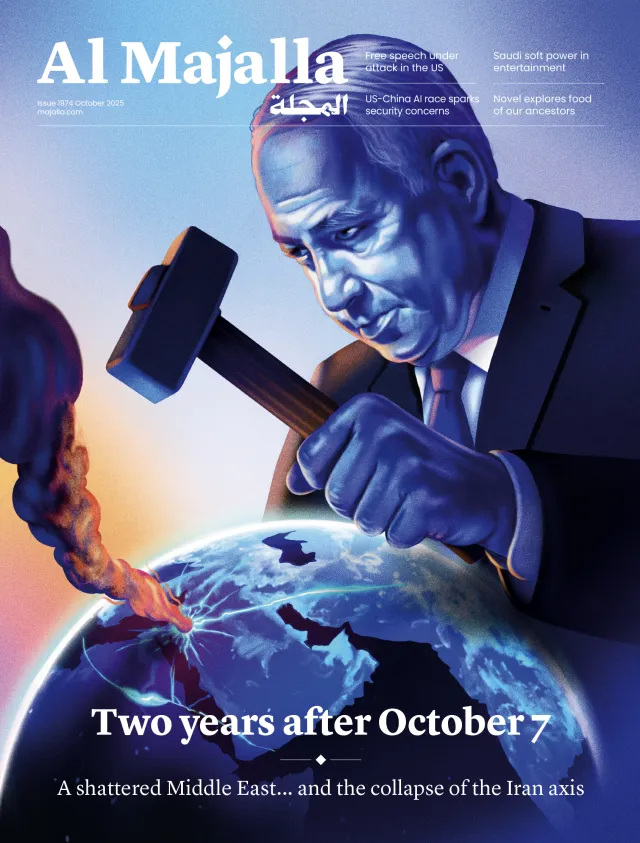Currently, there are two distinct levels of conflict and messaging: one in Gaza between Israel and Hamas, and the other in the broader region involving the United States and Iran.
Iran has recently intensified its aggressive actions, expanding its target range. Notably, it has begun targeting tankers and cargo ships in the Bab al-Mandab strait and near India's shores. Additionally, Iran persists in its efforts to smuggle weapons, including heavy arms, from Syria through Jordan, and to launch attacks near Egypt's border.
These recent actions should be understood within the broader context of the protracted conflict in the Gaza Strip, which has been ongoing for more than two months. Reports suggest that Iran was informed about Hamas's decision last Ramadan to intensify political, media, public, and military efforts to halt Arab-Israeli normalization and bring the Palestinian issue back to the forefront.
However, there are indications that Iranian Leader Ali Khamenei and Hezbollah Secretary-General Hassan Nasrallah were taken aback by Hamas’s unexpected attack on October 7th. They reportedly criticized Hamas's leadership for not coordinating with them in advance regarding the timing, an aspect considered crucial in maintaining what is referred to as the “unity of arenas.”
Following the "October Surprise," Iran sought to recalibrate its strategy with meticulous calculations, particularly in response to the United States' military, diplomatic, and political backing of Israel. This support was aimed at helping Israel "restore deterrence" and engage in a critical conflict with Hamas in the Gaza Strip.
In a significant show of force, the US deployed destroyers and two aircraft carriers to the Mediterranean and the Gulf, issuing a stern warning to Tehran: if Hezbollah initiated a full-scale war against Israel, the US would retaliate by bombing Iran.




